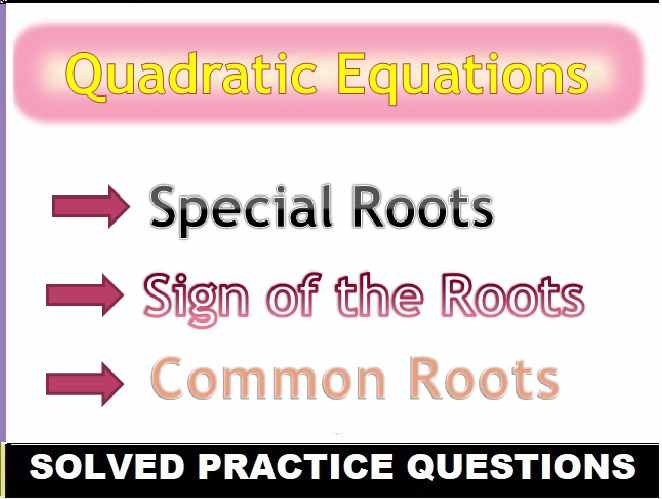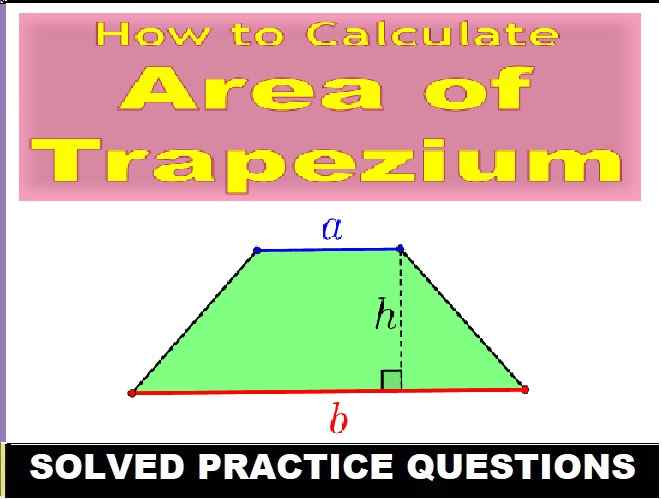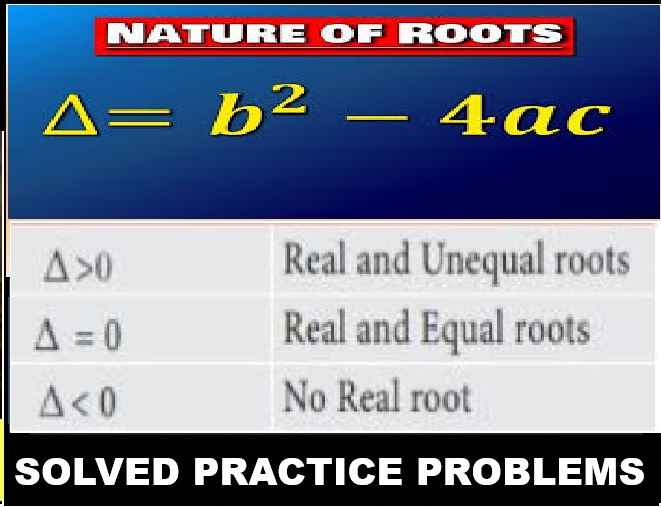Pollination and Fertilization Structured Answer Biology Class-9 ICSE Selina Publishers Solutions Chapter-5. Step By Step ICSE Selina Concise Solutions of Chapter-5 Pollination and Fertilization with Exercise-5 including MCQs, Very Short Answer Type, Short Answer Type, Long Answer Type and Structured/Application Questions Solved . Visit official Website CISCE for detail information about ICSE Board Class-9.
Pollination and Fertilization Exe-5 Structured Answer Biology Class-9 ICSE Concise Selina Publishers
| Board | ICSE |
| Publications | Selina Publication |
| Subject | Biology |
| Class | 9th |
| Chapter-5 | Pollination and Fertilization |
| Book Name | Concise |
| Topics | Solution of E. Structured/Applications Answer vType |
| Academic Session | 2023-2024 |
E. Structured/Applications Answer Type
Pollination and Fertilization Class-9 Biology Concise Solutions
Page 48
Question 1.
The figure shown below represents a process in flowers. Study the same and answer the following questions.
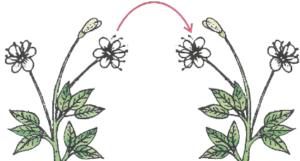
(a) Name and define the process.
(b) Write the technical term of the above mentioned process.
(c) Give two examples of plants in which this process occurs.
(d) Write one advantage and one disadvantage of the process shown.
(e) Name two agents that participate in this process.
(a) The process is Cross-Pollination. It is defined as the transfer of pollen grains from the anthers of one flower to stigma of another flower of a different plant of the same species.
(b) Allogamy
(c) Oxalis, Hibiscus
(d) Advantage — The offsprings are healthier and can adapt to environmental changes.
Disadvantage — The pollination is not always certain because some pollinating agent is always needed which may or may not be available at the proper time.
(e) Insects, Wind
Question 2.
Given alongside is a diagrammatic sketch of the sectional view of a germinating pollen grain. Study the same and then answer the questions that follow:

(a) Name the parts labelled 1, 2, 3, 4 and 5.
(b) Where does the germination of the pollen grain take place and how?
(c) What is the function of the part labelled ‘4’?
(d) What happens to the part labelled ‘5’ during the process?
Answer:
(a)
1 → Exine
2 → Intine
3 → Pollen tube
4 → Tube nucleus
5 → Generative nucleus
(b) Germination of the pollen grain takes place only after it falls on the stigma of the same plant species. Then The pollen grain is stimulated to germinate due to the secretion of sugars by the stigma.
(c) The function of part ‘4’ (tube nucleus) is to direct the growth of the pollen tube towards the ovary.
(d) During germination of the pollen grain, part ‘5’ (generative nucleus) present at the tip of the pollen tube divides into two sperm nuclei. Therefore The pollen tube enters one of the synergids and releases its two sperm nuclei. Of these, one sperm nucleus enters the egg cell and fuses with its nucleus, while the other sperm nucleus moves towards the two polar nuclei in the central cell and fuses with them.
Question 3.
Given below is a diagrammatic representation of the process of fertilization. Study the same and then answer the questions that follow:
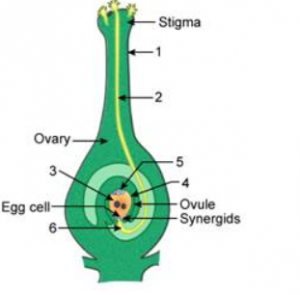
(a) Name the parts labelled 1, 2, 3, 4, 5 and 6.
(b) What happens to
(i) Ovary
(ii) Ovule after fertilisation
(c) What is the function of the synergids?
(d) What part does the stigma play in the process of fertilisation?
Answer:
(a)
1 → Style
2 → Pollen tube
3 → Polar nuclei
4 → Embryo sac
5 → Antipodal cells
6 → Micropyle
(b) After fertilisation
(i) The ovary enlarges to form the fruit and the ovarian wall forms the fruit wall.
(ii) The ovule becomes the seed.
(c) Synergids
help in nourishing the egg cell, guiding the pollen tube towards the egg, proper functioning of the pollen tube and release of sperm nuclei.
(d) Pollen grain is transferred to the stigma during pollination. And Germination of pollen grain takes place only if it falls on the stigma. After germination, Hence the pollen tube grows through the stigma and reaches the ovary for the fertilization of the egg cell.
— : End of Pollination and Fertilization E. Structured/Applications Answer Class-9 ICSE Biology Solutions :–
Return to Return to Concise Selina ICSE Biology Class-9
Thanks
Please share with your friends
